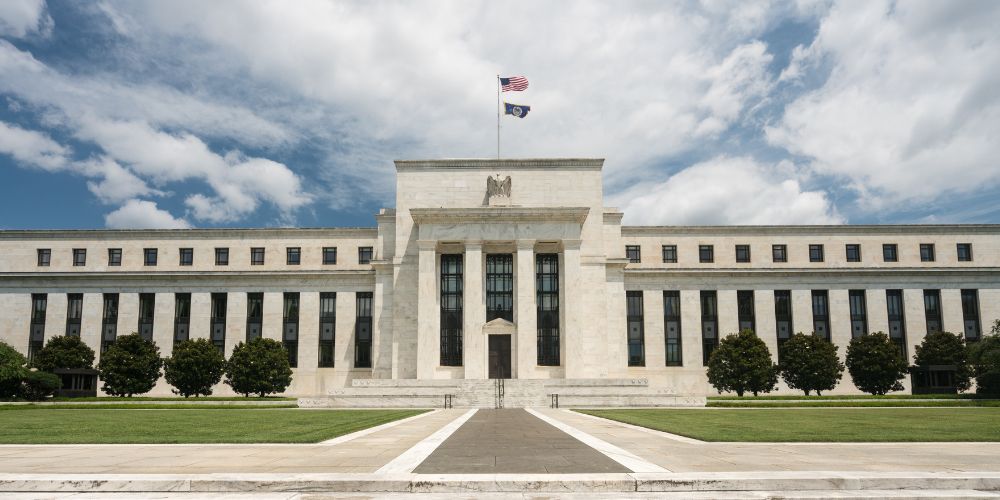The US Federal Reserve’s decision to raise interest rates after March 2022 played a crucial role in curbing inflation and preventing the economy from overheating.
Five pointers supporting the argument
1. Interest Rate Hikes and Transmission Mechanisms
While interest rate hikes might not have followed the usual causal route of reducing output and employment to rein in inflation, they impacted other transmission mechanisms. Mortgage interest rates rose sharply, affecting housing demand, and the US dollar’s effective exchange rate appreciated, impacting tradable-goods prices.
2. Commodity Prices
The global price index for all commodities fell more than 30% in dollar terms from March 2022 to October 2023. High interest rates exerted downward pressure on commodity prices such as oil, minerals, and agricultural products.
3. Supply Chain Disruptions
The disinflation might be attributed to the decline in supply chain disruptions. The Global Supply Chain Pressure Index showed that disruptions peaked in December 2021 and have been declining steadily since April 2022. This allowed the economy to function more smoothly.
4. The Phillips Curve and Full Employment
With unemployment below 4% and job vacancies above 7%, any decrease in aggregate demand translated almost entirely into lower inflation rather than lower economic activity. This suggests that the Phillips curve becomes steeper when an economy is close to full employment.
5. Monetary Tightening and Overheating Prevention
The article argues that if the Fed hadn’t raised interest rates after March 2022, the US economy likely would have continued to overheat. The tightening of monetary policy prevented this scenario, contributing to the lower inflation observed.























